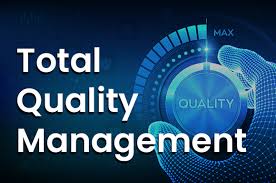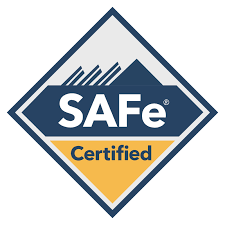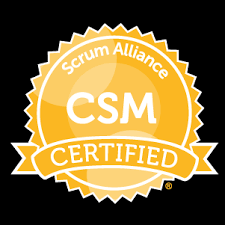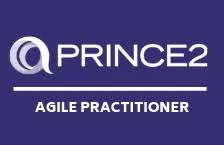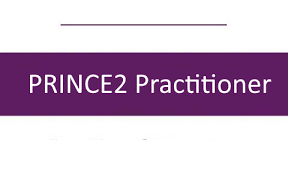The goal of total quality management (TQM), a customer-focused approach, is to continuously enhance corporate processes.
It guarantees that all workers’ efforts are in line with the shared objectives of raising the caliber of goods or services, demonstrating ongoing development and progress via ongoing feedback.
One important element and concept that may affect the effectiveness of introducing a TQM system in the company is the management’s strong support and dedication.
Additionally, successful implementation and administration of the TQM system are facilitated by employee participation in the process and clear, efficient communication.
Planning, doing, checking, and acting are the four stages that make up the overall TQM system implementation process. Only via employee training can a TQM system be able to be implemented successfully.
The skills acquired in this Total Quality Management (TQM) Certification training course will enable you to take on more challenging positions and duties pertaining to quality management in any company or sector, expanding your career advancement and development opportunities.
Course Objectives
This Total Quality Management (TQM) Certification Course’s primary goal is to equip professionals with the following:
- Comprehensive understanding and data about entire quality management
- The necessary knowledge, abilities, and self-assurance to participate in and significantly contribute to the organization’s adoption of a complete quality management system, which will support professional development and advancement.
- The assurance and expertise required to instruct other professionals in complete quality management.
- The capacity and expertise to support organizational growth and development by providing higher-quality services while adhering to customer criteria
- The self-assurance, expertise, and comprehension to verify that the organization’s current practices and procedures correspond to established standards and to recommend modifications as needed.
- The necessary knowledge and talents to work with cutting-edge concepts and tools to establish overall quality management systems inside the company.
Audience
- Operations managers are in charge of overseeing the organization’s operations and projects.
- Quality managers are in charge of making sure that operations and the provision of goods and/or services adhere to quality standards.
- Professionals in human resources and other interested parties engaged in creating a culture that values quality.
- Senior executives in a company who must see the need of educating staff members about comprehensive quality management.
- Both internal and external auditors must confirm that the quality management systems are producing the intended outcomes.
- Anyone else in the industry interested in learning more about complete quality management?
Course Outline
Introduction to Quality and TQM
- A. Evolution of Quality Management:
-
- Historical development of quality management concepts
- Quality gurus and their contributions (e.g., Deming, Juran, Crosby, Ishikawa)
- B. Defining Quality:
- Different perspectives on quality (product, service, customer)
- Dimensions of quality (e.g., reliability, durability, features)
- Cost of quality (COQ)
- C. Understanding TQM:
- TQM philosophy and principles (customer focus, process improvement, total involvement)
- The Quality Management System (QMS)
- The Quality Movement
- D. Learning Objectives:
- By the end of this course, students should be able to…
- TQM Principles and Strategies
- A. Customer Focus:
-
- Understanding customer needs and expectations
- Customer satisfaction and retention
- Customer relationship management
- B. Process Improvement:
- Identifying and analyzing processes
- Process mapping and documentation
- Continuous improvement methodologies (e.g., PDCA cycle, Kaizen)
- C. Total Involvement:
- Employee involvement and empowerment
- Teamwork and collaboration
- Leadership and organizational culture
- D. Supplier Partnership:
- Building strong relationships with suppliers
- Supplier selection and evaluation
- Joint improvement initiatives
III. TQM Tools and Techniques
- A. Statistical Process Control (SPC):
- Control charts
- Process capability analysis
- B. Problem-Solving Techniques:
- Cause-and-effect diagrams (Ishikawa or Fishbone diagrams)
- Pareto charts
- Five Whys
- C. Other Quality Tools:
- Quality Function Deployment (QFD)
- Benchmarking
- Six Sigma
- D. Quality Management Systems (QMS):
- ISO 9000 family of standards
- Auditing and certification
- Implementation of TQM
- A. Planning for TQM:
-
- Developing a TQM strategy
- Setting quality goals and objectives
- Identifying key performance indicators (KPIs)
- B. Implementing TQM:
- Training and development
- Communication and change management
- Monitoring and evaluation
- C. Continuous Improvement:
- Data collection and analysis
- Identifying areas for improvement
- Implementing corrective and preventive actions

